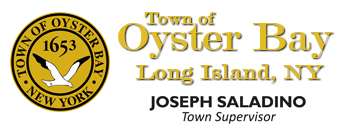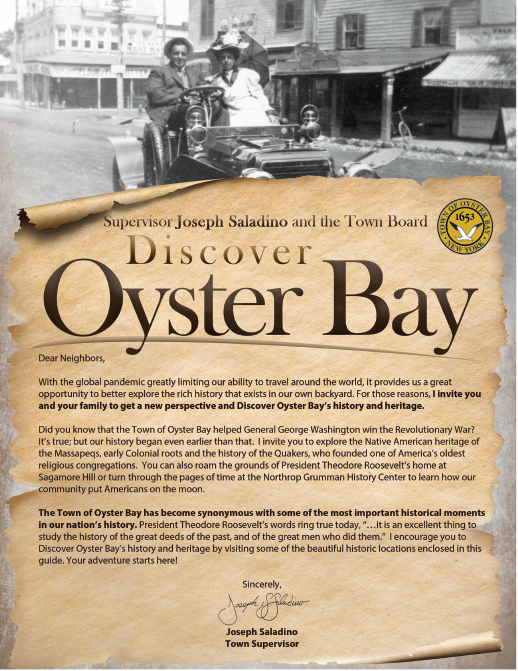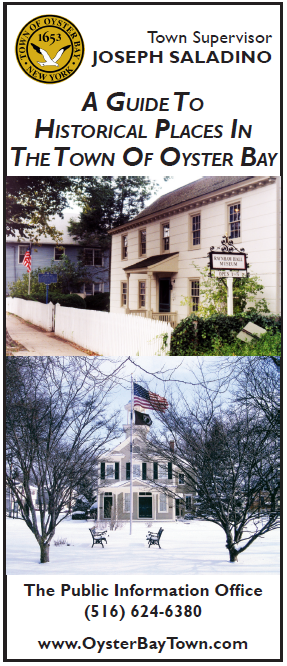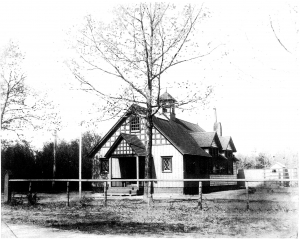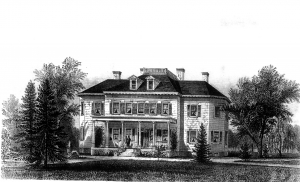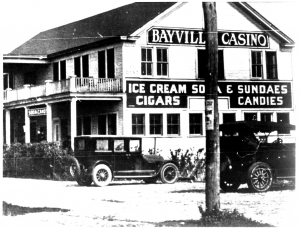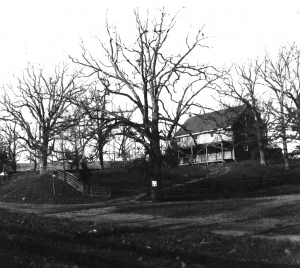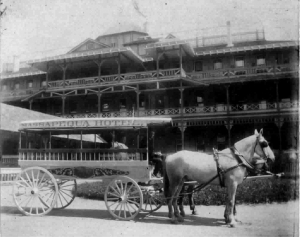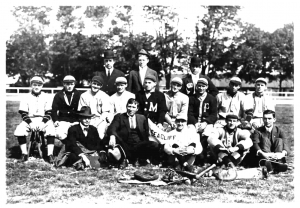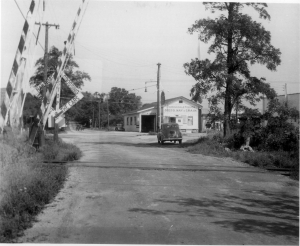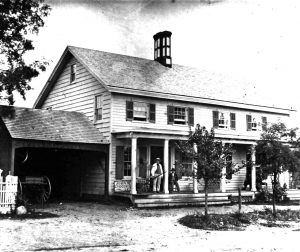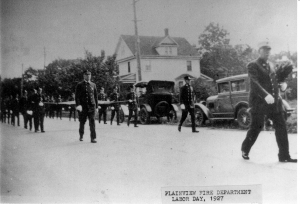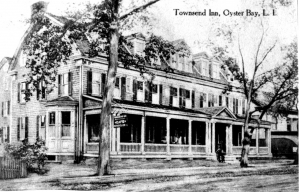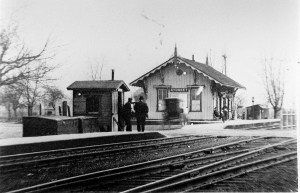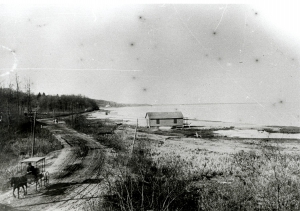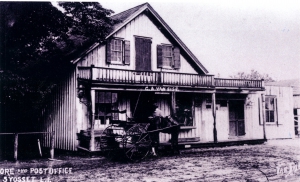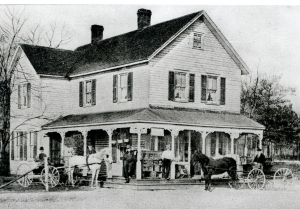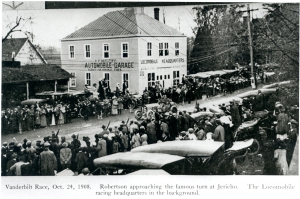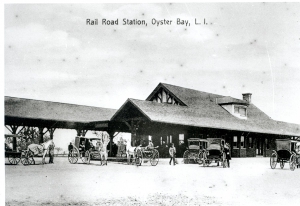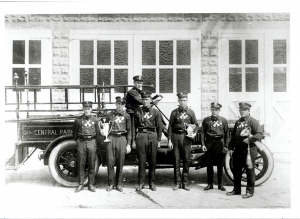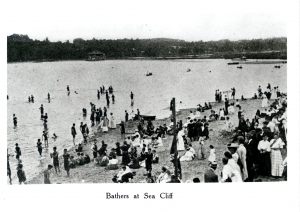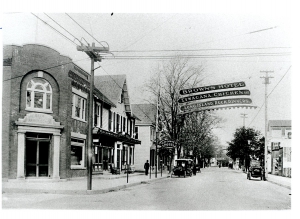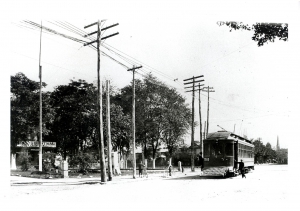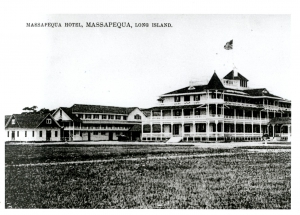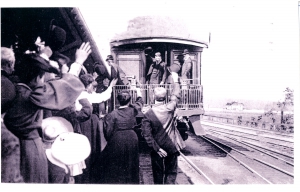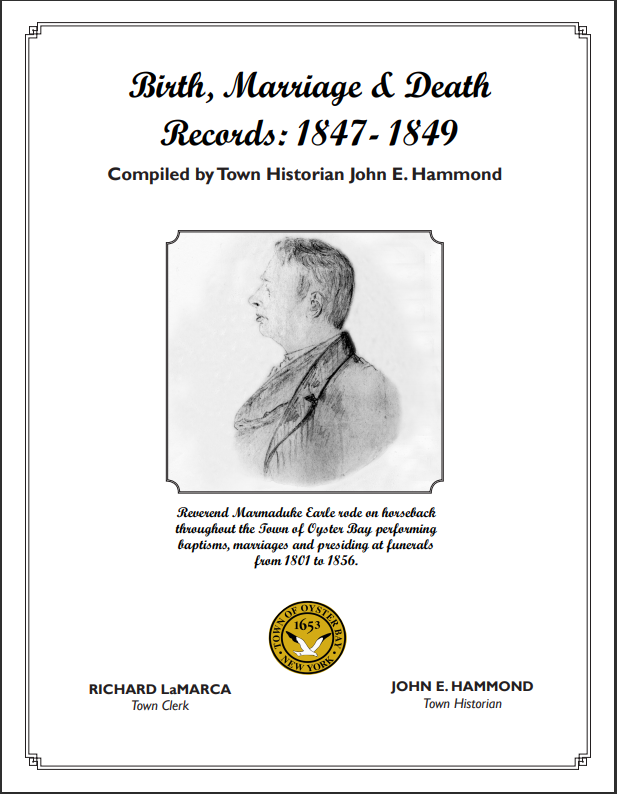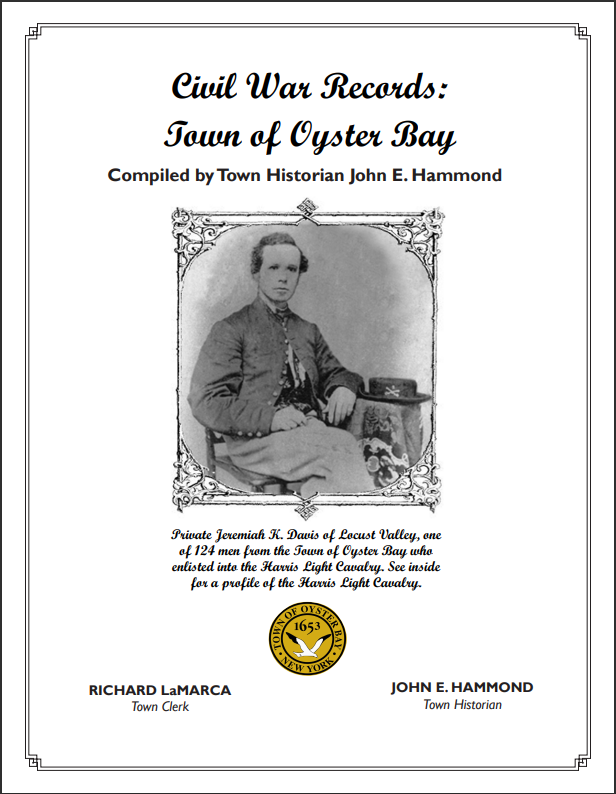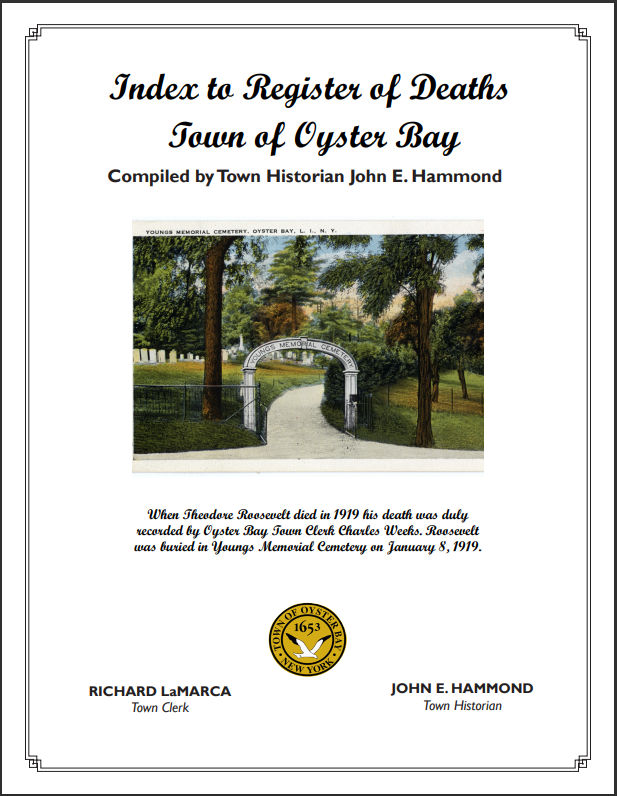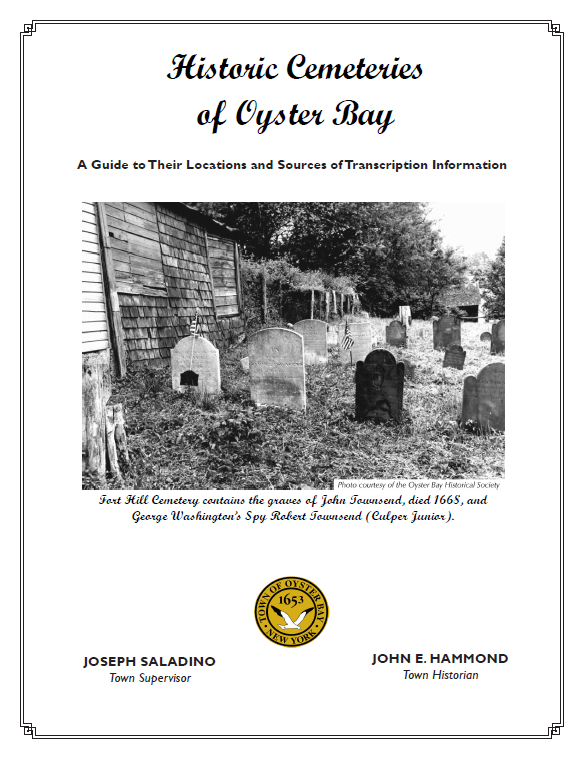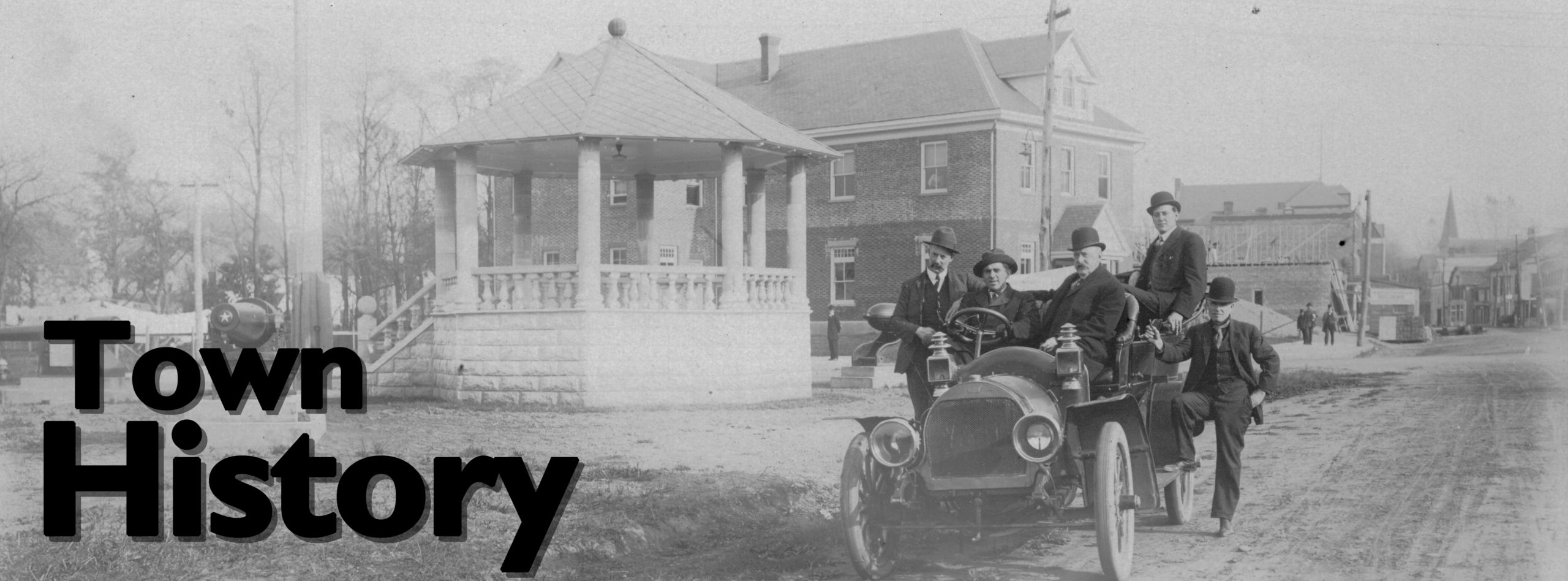
“On June 4th, I anchored in a commodious haven on the north of Long Island. We found fine oysters there, from which the Dutch call it Oyster Bay.”
– Diary of David deVries, Voyager, 1639
The Town of Oyster Bay enjoys a rich and well-documented history. The first known European to sail past Long Island’s south shore was Giovanni de Verrazano in 1524. David deVries was the first to record the name of Oyster Bay for the beautiful harbor on the Town’s north shore in 1639. Long Island was first claimed by the Dutch as part of their province of New Netherland. In 1639, they purchased from the Native Americans a tract which, on the east, included the present Town land. In 1648, Robert Williams of Hempstead bought from the Native Americans a large parcel of land, which is represented today by Hicksville and adjacent parts of Jericho, Plainview, Syosset and Woodbury.
Five years later, the Native American Chief Mohannes sold the land in the northern portion of Oyster Bay, extending from Long Island Sound to a point near Hicksville, to New Englanders Samuel Mayo, Peter Wright and William Leverich. Several other colonists joined in this First Purchase and settled on the land.
In founding the Town, the New Englanders were seeking new opportunities on Long Island just east of the boundary established between the English and Dutch. In 1667, three years after the English won New Netherland, the Town of Oyster Bay, inclusive of land to the “Soth Sea” (Great South Bay), was granted a patent by the English Governor, Sir Edmund Andros. After the defeat of the American Army at the Battle of Long Island in August 1776, Oyster Bay fell under British occupation.
The Revolutionary War found Long Island strongly Loyalist. British troops used Raynham Hall as their headquarters, the hall being the home of patriot Samuel Townsend and currently a museum. Despite the fact that he was arrested early in the war for his support of the Patriots, his son, Robert, remained active as an undercover agent for General Washington using the code name, “Culper, Jr.” With the aid of his sister, Sally, he reportedly secured information that led to the exposure of Benedict Arnold’s plot to defect to the British and turn over West Point to their control.
After the Revolution, Oyster Bay continued primarily as an agricultural area through the nineteenth century. It didn’t come into national prominence again until the presidency of Theodore Roosevelt, an Oyster Bay resident whose home, Sagamore Hill, served as the “summer White House” from 1902 to 1908. This huge Victorian mansion, with its original furnishings, was dedicated as a national shrine during the administration of President Eisenhower. It has since been completely restored and is open to the public.
With the advent of World Wars I and II, the Town’s primarily agricultural economy began changing to one of industry and business, especially in the area of aeronautics. Farmlands gave way to business complexes, factories and new housing. Today, Oyster Bay enjoys a well-balanced blend of commercial, residential and recreational development, leading to the Town’s slogan that “Oyster Bay is a great place to live, work and play.”

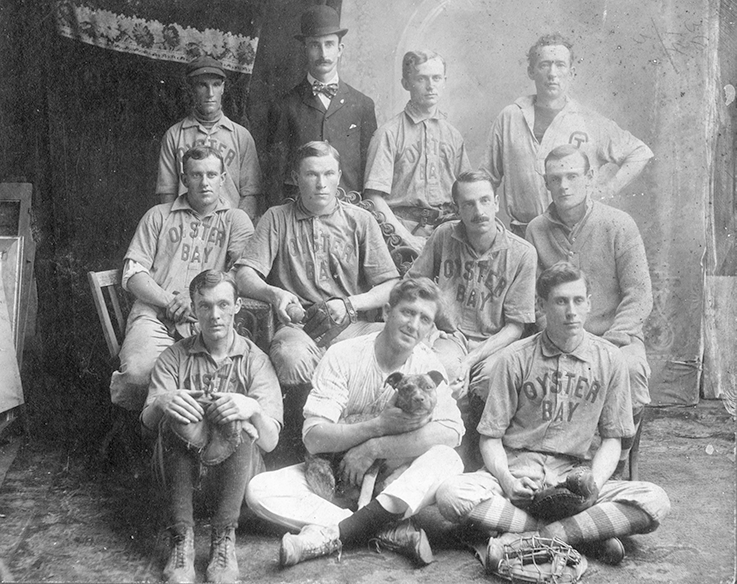

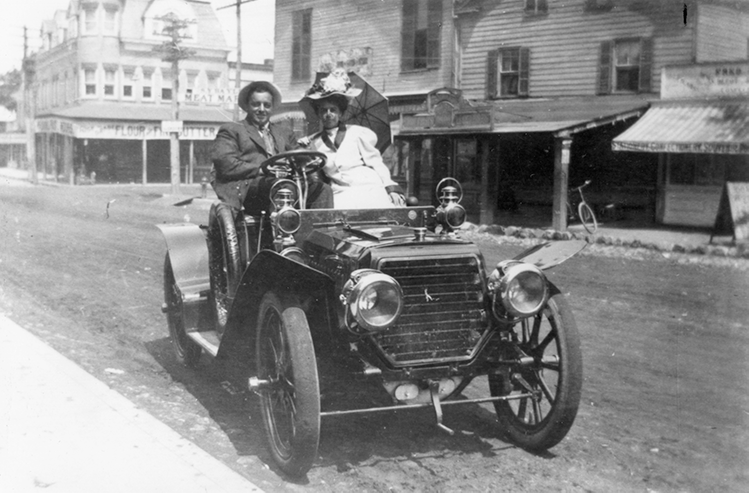

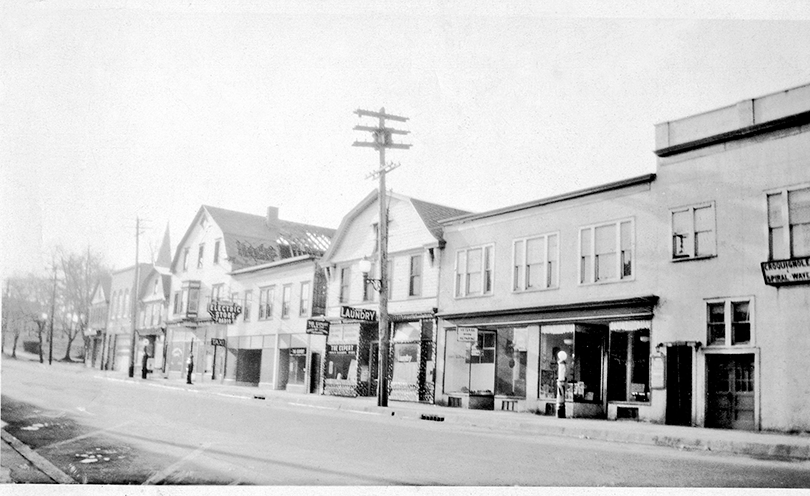

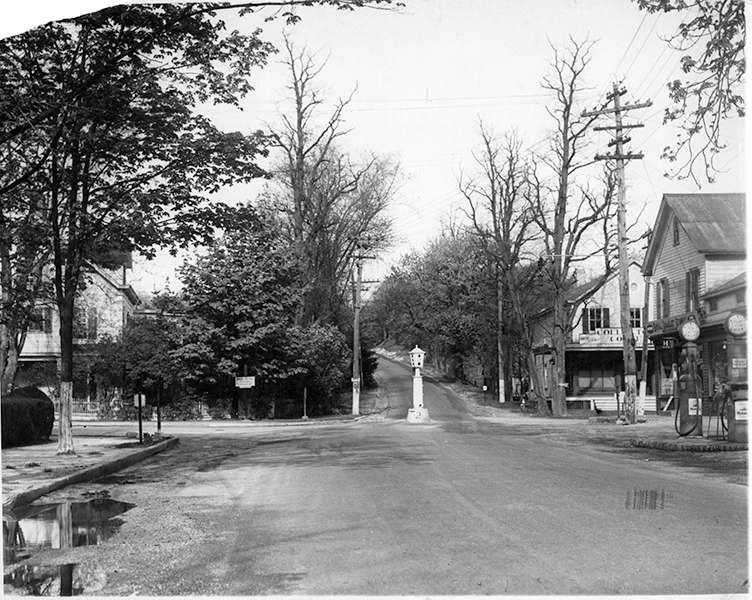

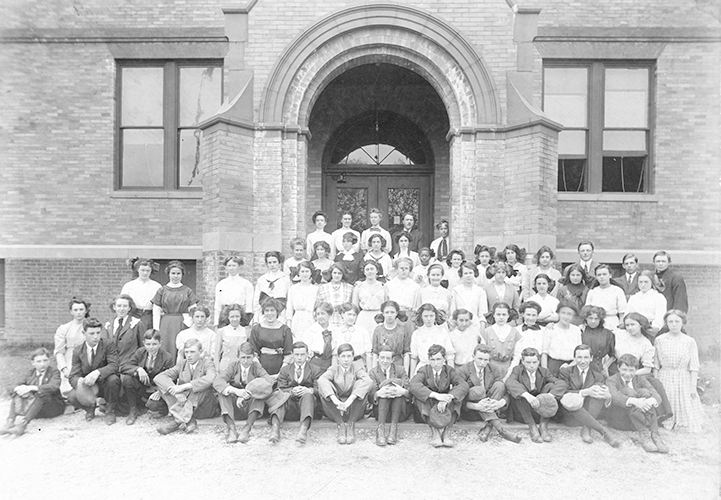
Please note that all photos are copyrighted or owned by the agencies or societies listed in the photo captions and can only be used with their written permission.
The Department of Planning and Development oversees the Landmarks Preservation Commission and the designation of landmarks within the Town of Oyster Bay.
Below is a list of Town of Oyster Bay designated landmarks and their addresses. They are listed by hamlet in alphabetical order. An asterisk has been placed next to each landmark indicating a private residence.
GLEN HEAD
* Craft Mansion – 18 Central Dr., Glen Head, NY 11545 Dedicated April 28, 1982
JERICHO
The Maine Maid Inn – 4 Old Jericho Tpke., Jericho, NY 11753 Dedicated May 15, 2012
LOCUST VALLEY
* Cock-Valentine House – 173 Buckram Rd., Locust Valley, NY 11724 Dedicated April 28, 1982
* Hawxhurst House – 89 Oyster Bay Rd., Locust Valley, NY 11724 Dedicated October 25, 1988
* Jos. Weekes Jr. House – Buckram Rd., Locust Valley, NY 11724 Dedicated October 25, 1988
Richard Davis Store – 7 Oyster Bay Rd., Locust Valley, NY 11724 Dedicated October 7, 1980
* White Spots – 193 Buckram Rd., Locust Valley, NY 11724 Dedicated October 9, 1979
MASSAPEQUA
* 107 Eden Ave., Massapequa, NY 11758 Dedicated April 26, 1983
Floyd Jones Library – Massapequa, NY 11758 Dedicated December 14, 1999
Grace Church (Floyd Jones Servent Cottage) – 4750 Merrick Rd., Massapequa, NY 11758 Dedicated February 23, 1988
Old Grace Church – 4750 Merrick Rd., Massapequa, NY 11758 Dedicated May 11, 1976
* Serpe House – 69 Cedar Shore Dr., Massapequa, NY 11758 Dedicated October 9, 1979
St. Gregory Nyssa Church – 1100 Hicksville Rd., Massapequa, NY 11758 Dedicated May 5, 1987
* Will Rogers House – 425 Clocks Blvd., Massapequa Dedicated February 6, 1990
OYSTER BAY
33 W. Main St., Oyster Bay, NY 11771 Dedicated May 25, 1987
* 70 E. Main St., Oyster Bay, NY 11771 Dedicated April 26, 1983
* Adams Derby House – 34 Derby Ct., Oyster Bay, NY 11771 Dedicated February 6, 1979
* Albertson-Meyer House – 153 E. Main St., Oyster Bay, NY 11771 Dedicated May 11, 1976
* Crickett Cottage – 65 Sandy Hill Rd., Oyster Bay, NY 11771 Dedicated September 11, 1984
* John M. Sammis House – 30 White St., Oyster Bay, NY 11771 Dedicated January 18, 1994
* Maria Powell House – 12 Prospect St., Oyster Bay, NY 11771 Dedicated January 19, 1993
Matinecock Lodge – 14 W. Main St., Oyster Bay, NY 11771 Dedicated March 10, 1987
* Mill Pond House – 1065 W. Shore Dr., Oyster Bay, NY 11771 Dedicated May 11, 1976
* Minor House – 78 Harbor Rd., Oyster Bay, NY 11771 Dedicated October 9, 1979
Moore’s Building – 5 E. Main St., Oyster Bay, NY 11771 Dedicated November 26, 1985
North Shore Assembly of God – 84 Orchard St., Oyster Bay, NY 11771 Dedicated January 23, 2007
Oyster Bay Long Island Rail Road Train Station – Oyster Bay, NY 11771 Dedicated March 2, 1999
Oyster Bay Railroad Station Turntable – Oyster Bay Dedicated March 2, 1999
The Printery – 43 W. Main St., Oyster Bay, NY 11771 Dedicated March 10, 1987
Raynham Hall – 20 W. Main St., Oyster Bay, NY 11771 Dedicated March 10, 1987
Seely-Wright House (The Country Lady) – 29 West Main St., Oyster Bay, NY 11771 Dedicated August 7, 2001
Snouders Drug Store – 108 South St., Oyster Bay, NY 11771 Dedicated March 10, 1987
Visiting Nurse Association – 193 South St., Oyster Bay, NY 11771 Dedicated May 5, 1987
* Weeks Wilson House – 53 E. Main St., Oyster Bay, NY 11771 Dedicated May 11, 1976
* William Wright House – 104 W. Main St., Oyster Bay, NY 11771 Dedicated May 11, 1976
Wightman House – 20 Summit St., Oyster Bay, NY 11771 Dedicated May 11, 1976
SYOSSET
* Horton House – 72 Horton Pl., Syosset, NY 11791 Dedicated April 26, 1983
* Schenck-Mann House – 222 Convent Rd., Syosset, NY 11791 Dedicated May 11, 1976
WOODBURY
Old Methodist Graveyard – 8025 Jericho Tpke., Woodbury, NY 11797 Dedicated January 20, 1998
Old Methodist Church – 8025 Jericho Tpke., Woodbury, NY 11797 Dedicated January 20, 1998
